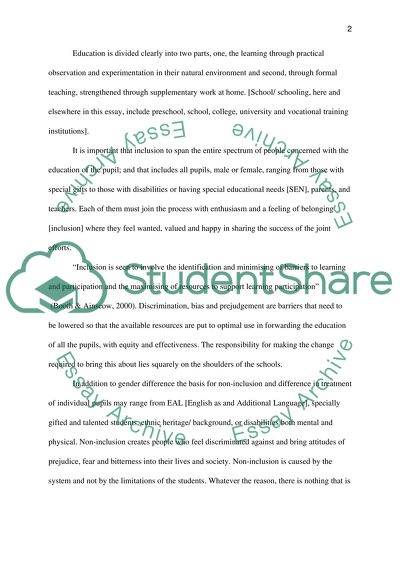Cite this document
(“Inclusion: The Gender Divide Essay Example | Topics and Well Written Essays - 3500 words”, n.d.)
Retrieved from https://studentshare.org/education/1514849-inclusion-the-gender-divide
Retrieved from https://studentshare.org/education/1514849-inclusion-the-gender-divide
(Inclusion: The Gender Divide Essay Example | Topics and Well Written Essays - 3500 Words)
https://studentshare.org/education/1514849-inclusion-the-gender-divide.
https://studentshare.org/education/1514849-inclusion-the-gender-divide.
“Inclusion: The Gender Divide Essay Example | Topics and Well Written Essays - 3500 Words”, n.d. https://studentshare.org/education/1514849-inclusion-the-gender-divide.


